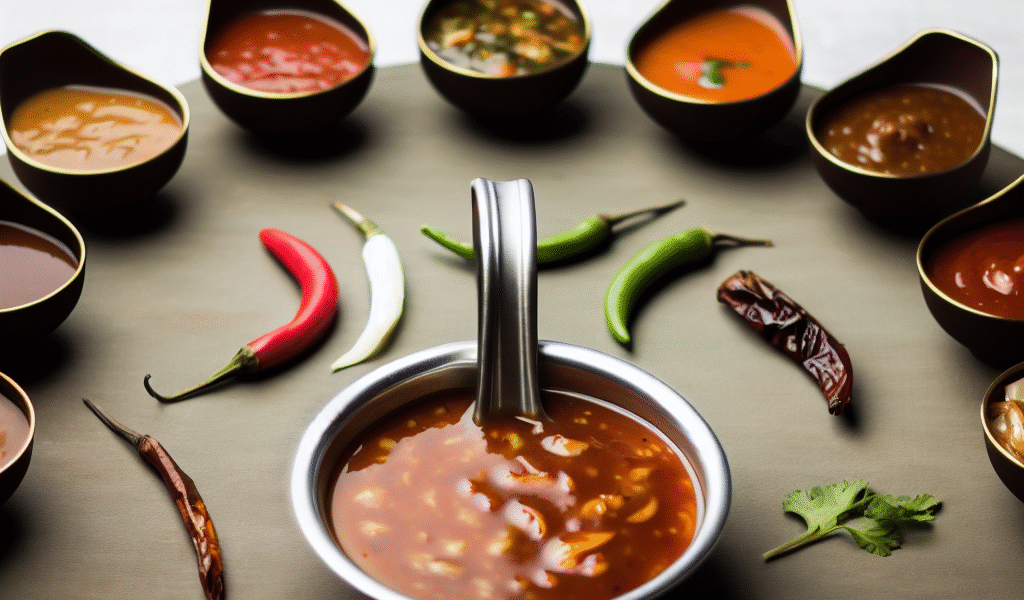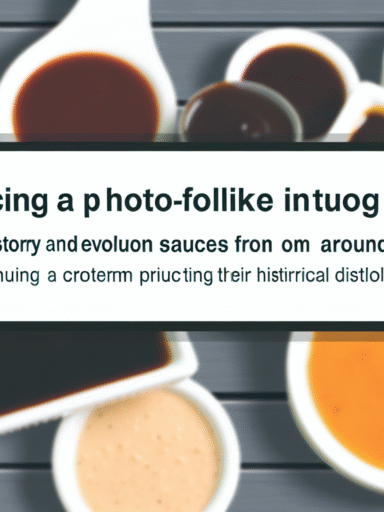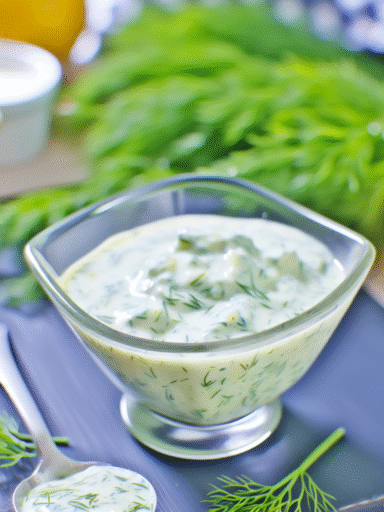The History of Sauces of the World explores the rich tapestry of flavors that have shaped global cuisines throughout history. From ancient concoctions to modern-day staples, sauces have been essential in enhancing dishes across cultures. This article delves into their origins, evolution, and cultural significance, revealing how these liquid accompaniments have become culinary cornerstones worldwide.
The Origins and Evolution of Sauces
Sauces have existed for thousands of years, dating back to ancient civilizations such as Mesopotamia, Egypt, and Rome. Early sauces were simple mixtures made from fermented fish, grains, and herbs, used primarily to preserve and add flavor to food. For example, garum, a fermented fish sauce, was a staple in Roman cuisine and served as a precursor to many modern sauces.
Throughout the Middle Ages, European sauces became more complex, often combining local herbs, spices, wine, and meat stocks. The French revolutionized sauce-making in the 17th and 18th centuries, with chefs like François Pierre La Varenne formalizing techniques and developing the famous “mother sauces” such as béchamel, espagnole, and velouté. These foundational sauces gave rise to countless derivatives used worldwide.
Simultaneously, other cultures developed unique sauce traditions. In Asia, soy sauce emerged from fermented soybeans in ancient China, becoming a cornerstone of East Asian cooking. India’s rich spice blends combined with yogurt or coconut milk created diverse curries and chutneys, each sauce carrying the cultural imprint of its region.
Global Influence and Cultural Significance
Sauces not only highlight regional ingredients but also reflect trade routes and cultural exchanges. The introduction of tomatoes from the Americas transformed Italian sauces like marinara and ragù, which became central to Mediterranean cuisine. Similarly, chili peppers introduced from the New World were integrated into Mexican salsa and Southeast Asian chili sauces.
In many cultures, sauces symbolize hospitality and identity. For instance, Ethiopian berbere paste and niter kibbeh butter enrich traditional dishes, while French mustard sauces express centuries of culinary refinement. The diversity of sauces—from the spicy and tangy to creamy and herbaceous—illustrates the human desire to elevate and personalize food across time and geography.
Today, sauces continue to evolve with globalization and fusion cuisine, blending traditions and innovating new flavors. Their history encapsulates not only culinary ingenuity but also the interconnectedness of cultures worldwide.
Conclusion
Throughout history, sauces have played a vital role in enhancing flavors and defining regional cuisines. From ancient fermented mixtures to the sophisticated mother sauces of French cuisine and the vibrant spice blends of Asia and Africa, sauces reflect cultural identities and historical exchanges. Their evolution continues to inspire chefs and food lovers, making sauces timeless elements of global gastronomy.



